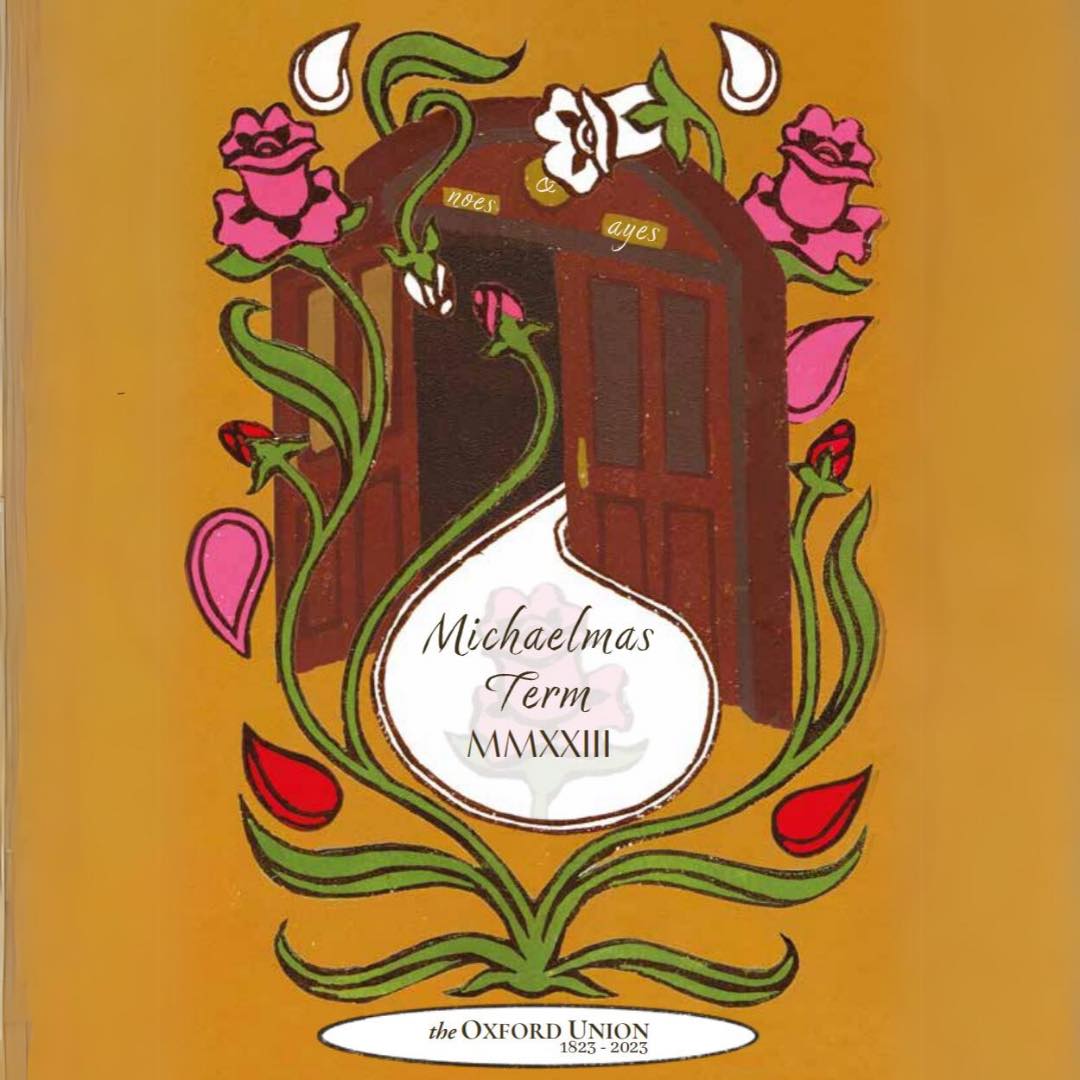Tag Archives: Weekend
- Home
- Posts tagged "Weekend" (Page 3)

“The Life of Julia”
This content is accessible to paid subscribers. To view it please enter your password below or send mike@standardsmichigan.com a request for subscription details.
Falsus in uno, Falsus in omnibus
To what degree does the endless and, frankly shameless, on-air fundraising by an organization with widely tolerated bias constitute de facto political fundraising for the Democratic Party? In Southeastern Michigan — in less than a 50 mile region — you can hear the same NPR “content” from six different universities: Ann Arbor, Ypsilanti, Toledo, Detroit, East Lansing, and Flint.
There has been some relatively recent legislative proposals to restore NPR to its original charter of cultural content (music, book reviews, agricultural information, etc.) but these proposals never moved beyond the relevant committee.
NPR literally said “Federal funding is essential to public radio” on their own website (now taken down).
What hypocrites! pic.twitter.com/kYAXW0zpyl
— Elon Musk (@elonmusk) April 12, 2023

NPR CEO Katherine Maher was a no-show at the House Oversight Subcommittee Hearing
Related:
This is a clear and blatant effort to evade the FCC’s Equal Time rule.
The purpose of the rule is to avoid exactly this type of biased and partisan conduct – a licensed broadcaster using the public airwaves to exert its influence for one candidate on the eve of an election.… https://t.co/LliZF0po9t
— Brendan Carr (@BrendanCarrFCC) November 3, 2024
National Public Radio Inc | 2022 Tax Filing
National Public Radio | IRS 990 Return of Organization Exempt from Income Tax
American Public Media Group | 2022 Tax Filing
“Hotseat heats up for NPR CEO Katherine Maher — and her life is the ultimate woke-elite bingo card”
National Public Radio follows guidelines and best practices when conducting fundraising campaigns, but they’re not so much strict “rules” as they are principles and standards upheld by NPR and its member stations. Here are some common practices and considerations:
- Transparency: NPR and its member stations are typically transparent about their funding needs and where the money goes. They often provide detailed breakdowns of their budgets and expenses.
- Ethical Solicitation: Fundraising efforts should be conducted ethically and in accordance with NPR’s values. This means avoiding misleading tactics and being honest about the need for funding.
- Listener Support: NPR often emphasizes the importance of listener support in funding their programming. They encourage individuals to contribute at various levels, often with incentives like member benefits.
- Corporate Sponsorship: NPR also receives funding from corporate sponsors, “but they are careful to maintain editorial independence.” Sponsored content is clearly labeled, and NPR maintains strict guidelines to ensure that sponsors do not influence editorial decisions.
- Member Stations: NPR member stations across the country conduct their own fundraising campaigns, often in conjunction with national NPR campaigns. These stations rely heavily on listener support and may have their own guidelines and practices.
- Regulatory Compliance: NPR and its member stations must comply with relevant laws and regulations governing fundraising, including those related to nonprofit organizations and broadcasting.
- Stewardship: NPR and its member stations typically prioritize stewardship of donor funds, ensuring that donations are used effectively and efficiently to support their mission and programming.
While there may not be hard and fast rules for NPR fundraising, adherence to these principles helps maintain trust with listeners and supporters.
My resignation letter to NPR CEO @krmaher pic.twitter.com/0hafVbcZAK
— Uri Berliner (@uberliner) April 17, 2024
To become a National Public Radio (NPR) member station or broadcaster, certain criteria must be met. NPR is a mission-driven organization that partners with independently owned and operated public radio stations across the United States to deliver its programming. Here are the typical criteria for becoming an NPR member station:
- Nonprofit Status: NPR member stations must be nonprofit organizations, often affiliated with universities, community organizations, or governmental bodies.
- Broadcast License: Stations must hold a valid broadcast license issued by the Federal Communications Commission (FCC) in the United States. This license authorizes the station to broadcast on a specific frequency within a designated geographic area.
- Commitment to NPR’s Mission: Member stations are expected to share NPR’s mission of providing high-quality, non-commercial programming that serves the public interest. This includes delivering news, cultural content, and educational programming to their local communities.
- Financial Stability: Stations must demonstrate financial stability and viability to ensure they can fulfill their commitments to NPR and their local communities over the long term.
- Technical Requirements: Stations must meet certain technical requirements to ensure they can receive and broadcast NPR programming effectively. This includes having appropriate transmission equipment and meeting FCC regulations for broadcast quality and coverage.
- Membership Dues: Member stations are required to pay annual membership dues to NPR, which help support NPR’s operations and programming.
- Compliance with NPR Policies: Stations must adhere to NPR’s policies and guidelines regarding programming standards, ethics, and editorial independence.
- Community Engagement: NPR values stations that are actively engaged with their local communities, including through outreach, events, and partnerships with local organizations.
- Programming Commitment: Member stations are expected to broadcast a significant portion of NPR programming, including flagship shows like “Morning Edition” and “All Things Considered,” as well as other NPR-produced content.
- Commitment to Diversity, Equity, and Inclusion: NPR values diversity in its member stations and encourages stations to reflect the diversity of their communities in their programming and staffing.
Overall, becoming an NPR member station involves a combination of legal, financial, technical, and cultural considerations, all aimed at supporting NPR’s mission of providing high-quality public radio programming to audiences across the United States.
A significant portion of NPR member stations are associated with universities or colleges. These stations are often operated by the educational institution’s media departments or affiliated broadcasting organizations. They serve as valuable training grounds for students studying journalism, communications, broadcasting, and related fields.
While the exact number of NPR member stations associated with universities or colleges may vary over time, it’s safe to say that a substantial portion of the network falls into this category. Many universities and colleges across the United States operate their own radio stations, and a portion of these stations choose to affiliate with NPR to access its programming and resources.
Related:
Pew Research Center: Public Broadcasting Fact Sheet
— NPR (@NPR) April 12, 2023
Urban Dictionary: Affluent White Female Liberal
NPR names Katherine Maher President and CEO
Tucker Carlson: Radicalized NPR on verge of destroying itself
Congresswoman Tenney Moves to Defund NPR
Outrageous bias in the media: NPR “National Public Radio “
National Center for Charitable Statistics
Multiple bills introduced in Congress to defund NPR https://t.co/FHUwd5nFDW via @dcexaminer
— Standards Michigan (@StandardsMich) April 24, 2024
“A half truth is a whole lie” — Yiddish proverb
National Public Radio (NPR) member stations are permitted to transmit from facilities supported by federally funded colleges or universities, as many are licensed as noncommercial educational (NCE) stations under the Federal Communications Commission (FCC). These stations, often operated by or affiliated with public colleges and universities, meet FCC requirements for NCE licenses, which allow them to broadcast educational and cultural programming without commercial advertisements.
Key Points:NCE Licensing: NPR member stations are typically licensed as NCE stations, which can be owned or operated by nonprofit entities, including public colleges and universities. These institutions often receive federal funding, and their facilities (e.g., campus buildings or transmission equipment) can be used for broadcasting.
Funding Structure: Stations affiliated with colleges or universities may receive funding from the institution, listener contributions, corporate underwriting, and federal grants via the Corporation for Public Broadcasting (CPB). Federal funding, while a small portion (e.g., ~10% of public radio revenue), is often channeled through CPB to support station operations.
Examples: Many NPR member stations, such as WBEZ (operated by Chicago Public Media but affiliated with educational institutions) or KUT (operated by the University of Texas), transmit from university-supported facilities. Approximately half of NPR’s member stations are affiliated with colleges, sometimes operating directly from campus facilities.
FCC Regulations: The FCC allows NCE stations to broadcast from such facilities as long as they adhere to noncommercial guidelines, prohibiting promotional advertisements for for-profit entities while permitting donor acknowledgments.
Impact of Federal Funding Cuts: Recent reductions in federal funding for public media, as reported in 2025, may strain these stations, particularly those reliant on university support, as budget-strapped institutions face additional financial pressures.
There are no explicit FCC restrictions preventing NPR stations from using federally funded college or university facilities, provided they comply with NCE regulations.
Bourbon Research
I didn’t know that🤔 pic.twitter.com/rMT3X2fCN0
— Alix (@AlixG_2) August 17, 2024
Greg Gutfeld and guests discuss how President Biden’s alcohol czar is warning that new guidance could be only two beers a week
Charlie Kirk (August 12, 2025): “Has U.S. President Donald Trump gone too far?”
The Oxford Union Society is the world’s most prestigious debating society, with an unparalleled reputation for bringing international guests and speakers to Oxford. Since 1823, the Union has been promoting debate and discussion not just in Oxford University, but across the globe.
My remarks at Oxford Union formal debate.
Has Trump gone too far?
The UK is lost, but it can find its way back if it follows America’s lead. pic.twitter.com/BjajLSRXOK
— Charlie Kirk (@charliekirk11) August 12, 2025
Vedika Rastogi | This House Believes Woke Culture Has Gone Too Far – 1/8 | Oxford Union
Alex Jackson | This House Believes Woke Culture Has Gone Too Far – 2/8 | Oxford Union
Toby Young | This House Believes Woke Culture Has Gone Too Far – 3/8 | Oxford Union
Yasmin Benoit | This House Believes Woke Culture Has Gone Too Far – 4/8 | Oxford Union
Tommy Nguyen | This House Believes Woke Culture Has Gone Too Far – 5/8 | Oxford Union
James Lindsay | This House Believes Woke Culture Has Gone Too Far – 6/8 | Oxford Union
Benjamin Butterworth | This House Believes Woke Culture Has Gone Too Far – 8/8 | Oxford Union
Entstehung der High Society
“Being an artist means not numbering and counting, but ripening like a tree, which doesn’t force its sap, and stands confidently in the storms of spring, not afraid that afterward summer may not come. It does come. But it comes only to those who are patient, who are there as if eternity lay before them, so unconcernedly silent and vast.”
Deutsches Institut für Normung
LIVE: WDBM-FM Student Radio 89 MHz
Michigan Upper Peninsula | Michigan West | Michigan East
Michigan State University Infrastructure Planning & Facilities
Meaning of “MRS Degree”
This content is accessible to paid subscribers. To view it please enter your password below or send mike@standardsmichigan.com a request for subscription details.
Texas Croissants & Wyoming Cowboy Coffee
“We wish to suggest a structure
for the salt of deoxyribose nucleic acid (DNA).”
James Watson | “Nature”, April 1953
Finance & Administration: Facilities

New update alert! The 2022 update to the Trademark Assignment Dataset is now available online. Find 1.29 million trademark assignments, involving 2.28 million unique trademark properties issued by the USPTO between March 1952 and January 2023: https://t.co/njrDAbSpwB pic.twitter.com/GkAXrHoQ9T
— USPTO (@uspto) July 13, 2023
Standards Michigan Group, LLC
2723 South State Street | Suite 150
Ann Arbor, MI 48104 USA
888-746-3670






















